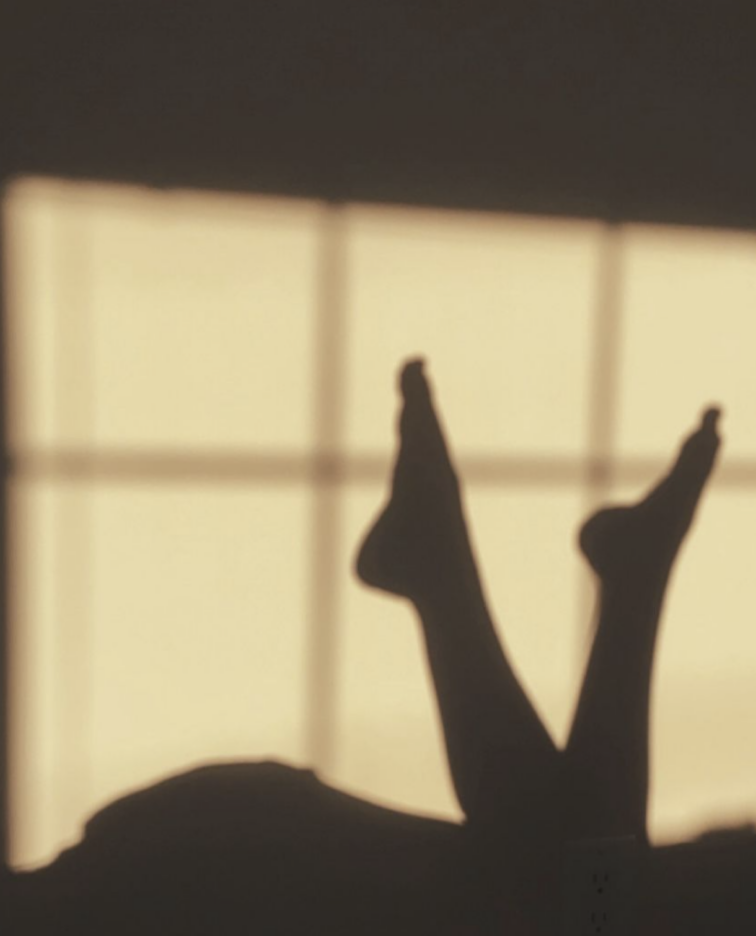



We don’t need to have a different set of bedding for every night of the week, so we might as well invest in the 2-3 sets we settle into each night — after all, our skin and our sleep cycles depend on it.
We know that quality bedding doesn’t come cheap, so of course, one set will do. But not only does having a second set of sheets make laundry day a little more streamlined, but each and every night, we are pressing our faces and bodies up against the fabric of our choice — sweating, detoxing, producing oils, and all the other things our bodies need to do during the 7-10 hours of deep rest we get. Our bodies are porous, and our skin is home to a living, multiplying microbiome, and all of that — combined with our constantly shedding skin cells — become a part of our bedding in between washes.
We aren’t trying to activate anyone’s gag reflex, but we do want to paint the reality of necessary washing. It’s vital that we wash our sheets every 7-10 days, and our pillowcases even more often — think every 2-3 days. If that seems like overkill, think again.
Now that our aggressive hygiene pep talk is out of the way, let’s talk material! It can be fun and easy to stock up on inexpensive bedding, but as we get older, we realize just how important a quality night of sleep is — and how our skin reacts to different fabrics. Our favorites for sleeping? Linen and silk.
First and foremost, we aren’t talking about an aesthetic style here — though these textural materials are the perfect way to bring an elevated touch to your boudoir. In fact, the beauty benefits of these materials outweigh the aesthetic vibes — both of these durable fabrics are woven from the cleanest fibers that are also soft on hair and skin.
When it comes to pillowcases, always go silk if you can. Not only is it softer on the facial skin, but it controls frizz and reduces breakage of the hair — which helps to preserve length if you’re growing out your tresses.
Silk can also reduce wrinkles on the face, especially if you’re a side sleeper who tends to press into your pillowcase forming crow’s feet. The smooth texture of the silk is cooling on the skin, so it won’t contribute to any redness and can even soothe eczema.
Both linen and silk are naturally antibacterial, so they won’t accumulate grime as quickly as a cotton blend, rayon, or synthetic material. This is good for all skin types, but especially important for those who are breakout-prone.
Keeping your core temperature down is a crucial part of getting into that deep REM sleep. These airy, light fabrics stay cool and absorb moisture — so they don’t send you into a fitful night of sweat.
Both materials can reduce itching and repel dust mites that feed on our dead skin cells and cause irritation on the skin.
Linen’s natural open weave provides a gentle massaging effect, which helps stimulate microcirculation at the skin’s surface level, while being soft to the touch.